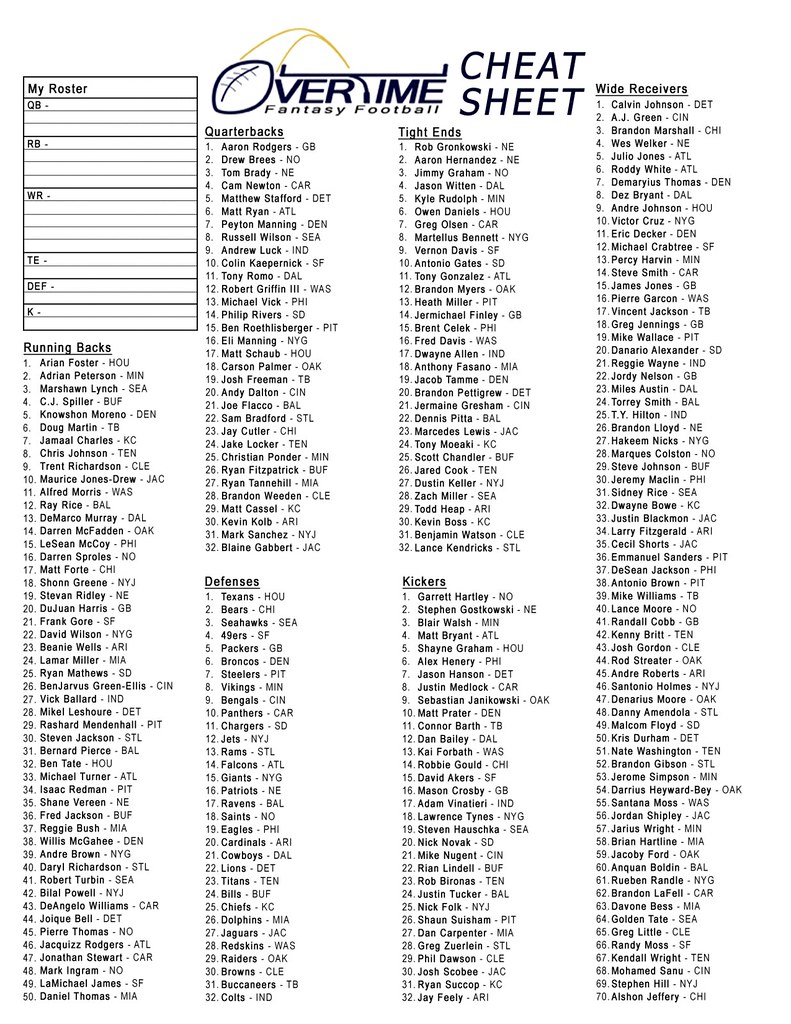
There was a high demand with little supply. They needed a goalie, and I was the only one willing to play goalie. And it was also the first time I realized what supply and demand was all about. That was my chance to play with the big kids. They'd always be out on the cul-de-sac playing hockey, but they rarely had a netminder because, let's be honest, kids growing up in Pittsburgh wanted to be Mario Lemieux, not Tom Barrasso. You see, I've got an older brother who had friends in the neighborhood that were his age. I was born in the '80s and spent my childhood in the '90s, so my hobbies growing up included playing with Pogs, collecting Pokémon cards, and resetting people's Tamagotchis because I was a horrible human being. Let's dig into these ideas, one by one, without feeling like we're in a boring college lecture. The late-round quarterback strategy essentially breaks down into four main concepts: supply and demand, opportunity cost, predictability, and scoring variance. Without a comparison, you can't fully comprehend the change.

The only way to grasp why your draft strategy alters in a superflex league is first to understand the value of a quarterback in the standard single-passer format. Understanding the Late-Round Quarterback Approach Since passers score the most points in the game, putting one in that lineup slot makes the most sense.Īnd this completely changes your approach to a fantasy football draft. If you're unfamiliar with the superflex format, it's one that has your typical fantasy football lineup, but there's an additional flex spot where you use a second quarterback. It really wasn't a situation of fortune as much as it was a situation of market exploitation.īecause of the way quarterbacks are viewed in fantasy football now, superflex leagues - and two-quarterback leagues - are becoming more and more popular. But then I quickly remember that there's math and logic behind drafting your quarterback late in fantasy football. Sometimes I think I got lucky by publishing an e-book titled The Late-Round Quarterback after the 2011 season, right before the big quarterback average draft position spike. Your leaguemates might laugh at you for drafting a non-elite passer in the seventh round these days. The 12th quarterback that season, Jay Cutler, was falling off draft boards in the seventh round. Just six years ago, five quarterbacks were being selected in the first round and a half of fantasy football drafts.

In today's fantasy football world, waiting to draft a quarterback is commonplace.


 0 kommentar(er)
0 kommentar(er)
